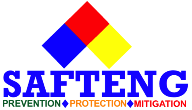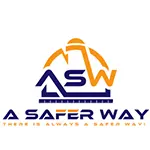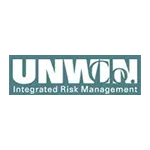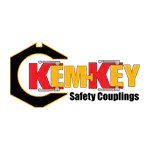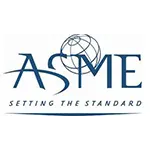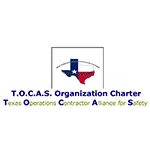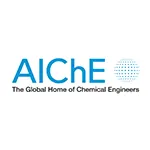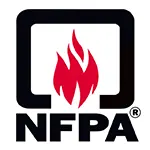Let us help you make sense of PSM / RMP!
My friend Brian Chapin will be offering an open-enrollment PSM/RMP class in Burleson, Texas, July 8th to 11th, 2025. Brian is an absolute pro in NH3 Refrigeration Process Safety. Anyone who attends will also get a FREE membership to SAFTENG. You can get more information on the class with this link.
CLICK HERE to Renew your Membership
CLICK HERE for a NEW Membership
CLICK HERE to see eligibility requirements for FREE Membership
If you have any questions, please contact m
SAFTENG has:
- Over 18,000 categorized unsafe acts/conditions and accident/injury photos
- Over 1,500 ppt's & doc's in the SAFTENG Library
- Over 4,000 Technical Articles on Process Safety, Emergency Response & OSH topics
- Over 450 videos (those not allowed on YouTube Channel)
Many THANKS to my NEW Members and those who CONTINUE to support SAFTENG:












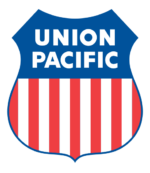

March 26, 2011
In my line of work, I deal with a lot of fire departments. It almost never fails that I am told at least once while on scene that “all that OSHA stuff don’t apply to us”. In many cases this is a true statement; however, EPA has adopted OSHA’s Hazwoper standard (1910.120) and will enforce it when OSHA has no juridiction. But I also want to point out that in...
Read More
March 26, 2011
A fundamental requirement of using respirators is NO facial hair that could interfere with the respirator’s operation or the respirator’s fit. OSHA states: 1910.134(g)(1)(i) The employer shall not permit respirators with tight-fitting facepieces to be worn by employees who have: 1910.134(g)(1)(i)(A) Facial hair that comes between the sealing surface of the facepiece and the face or that...
Read More
March 26, 2011
Does your workplace use the handi-wipes for cleaning respirators? Do you feel this is compliant? After all it is a very common practice and how could it be so widely used if it is not compliant?????
…
HomeRead More »
Read More
March 26, 2011
Several recent accidents with fatal outcomes occurring during the discharge of logs and wood chips from ships in Swedish ports indicate the need to understand better the atmospheric conditions in holds and connecting stairways. The principal aim of the present study was to assess the air levels of oxygen and toxic gases in confined spaces following the sea transportation of logs and wood chips. The...
Read More
March 26, 2011
A post I made on another board regarding a discussion about what makes an atm a hazardous atm… just exceeding a PEL does not make the atm hazardous under the PRCS std. You are correct that OSHA has stated an atmosphere that contains a substance at a concentration exceeding a permissible exposure limit intended solely to prevent long-term adverse health effects is NOT considered to be a...
Read More
March 26, 2011
It appears we may be blending 1910.146(c)(5) and (c)(7) in our attempt to reclassify a PRCS to a non-permit status. We must follow (c)(7) in our reclassification efforts. It does sound as if our PRCS may be able to be reclassified; however, I am not familiar with the type of space or specific situation. OSHA states in (c)(7) that a PRCS can be reclassified if it has NO known OR potential...
Read More
March 26, 2011
A space is a CONFINED SPACE when ALL THREE (3) of the following characteristics are true about the space: Is large enough and so configured that an employee can bodily enter and perform assigned work; AND it has limited or restricted means for entry or exit; AND it is not designed for continuous employee occupancy Once you have determined the space is a CONFINED SPACE, the next step is to determine...
Read More
March 26, 2011
A post I made in regards to “Fall hazards being part of a hazard making a space a PRCS”
Falls are NOT considered to be a hazard for consideration in evaluating a “confined space” for hazards that would make it a Permit-Required Confined Space.
See the MEMORANDUM FOR:
…
HomeRead More »
Read More
March 26, 2011
OSHA does have an exception to “consumer products” in regard to what has to be in the HAZCOM program. For example, Windex would be excluded if the quantities used on site are that of what a consumer would use. So, if you have a few bottles of Windex in janitorial closets, you do not need an MSDS for Windex. However, if you have a 55-gallon drum of Windex, you would need to include this...
Read More
March 26, 2011
Each year, HAZCOM is OSHA’s most often cited standard, and many of us would agree that a HAZCOM program is like the “A” of the ABCs of safety. However, we often see programs that are not up to 100% compliant. Here are the OSHA requirements for our written program. Does your program meet these? In general, the written program should consider the following elements, where applicable:...
Read More
March 26, 2011
OSHA has clearly established that hotwork can not take place in the presence of combustible dusts. 1910.252(a)(2)(vi) Prohibited areas. Cutting or welding shall not be permitted in the following situations:
…
HomeRead More »
Read More
March 26, 2011
We continue to see facility’s struggling with the basics of hot work safety. Most of these businesses are self insured and therefore do not have the extra set of eyes from their insurance carrier from time to time. But all do have catastrophic insurance and I am amazed that these carriers do not expect more. None the less, OSHA has set some minimum standards for Hot Work. These are NOT options,...
Read More
